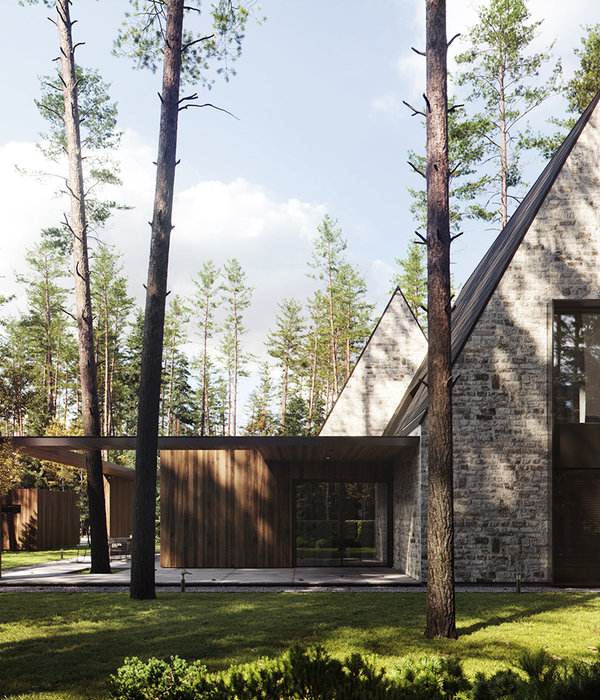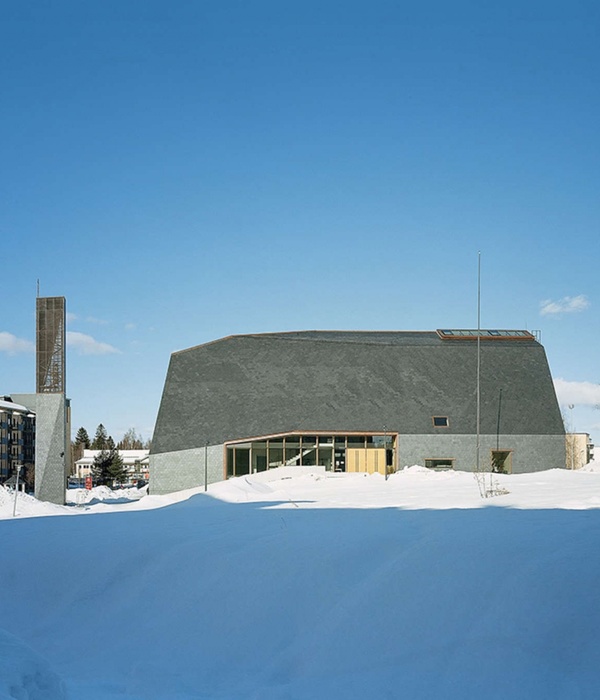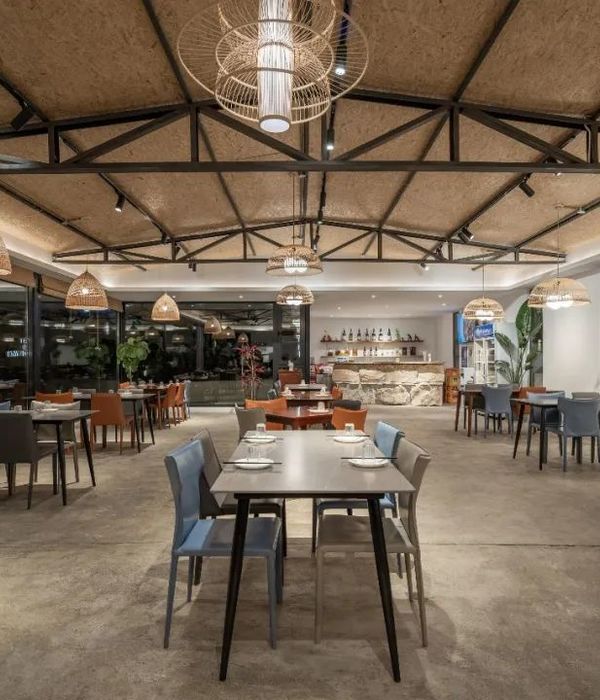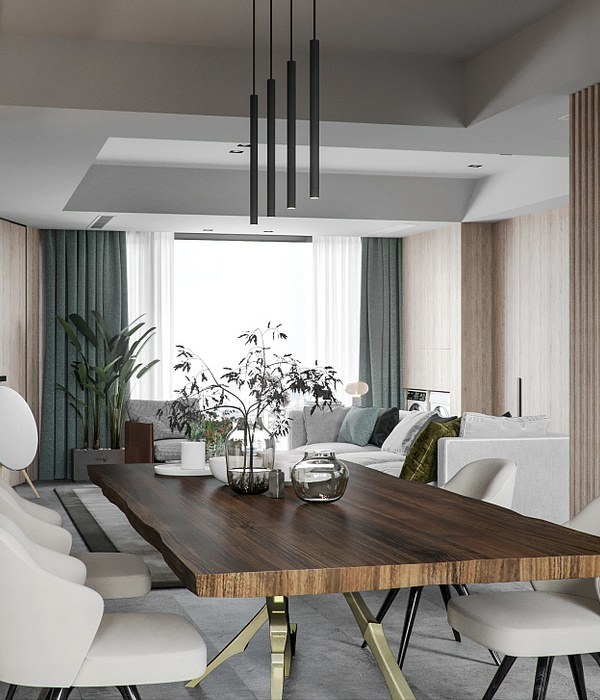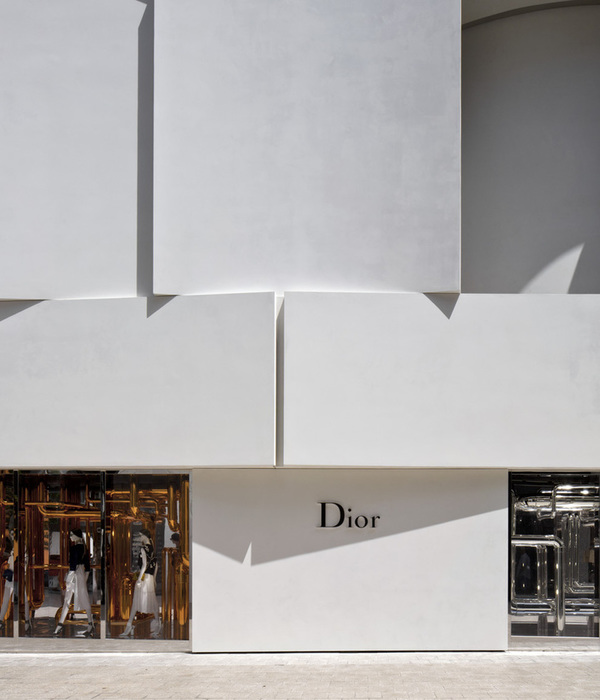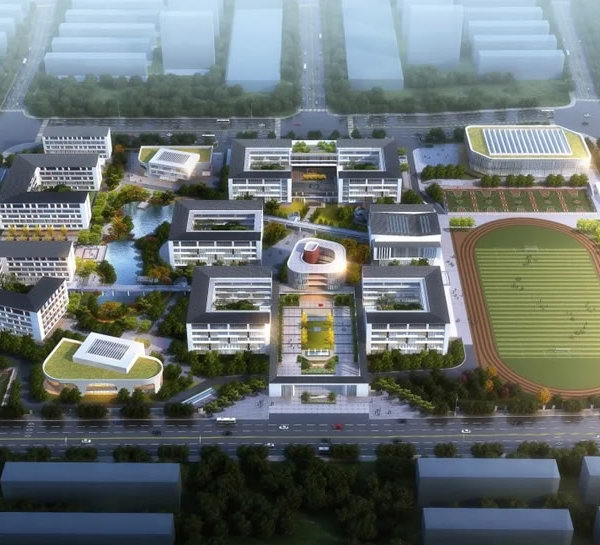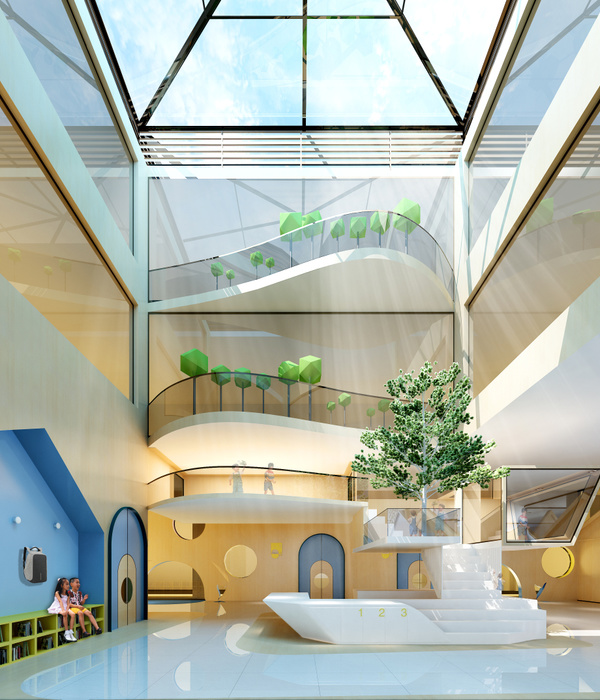Location:Budapest, Hungary; | ;View Map
Category:Bridges
unveils the prototype of its innovative urban bridge, '
'. This innovative solution can be applied to any similar Warren truss bridge, but the version presented here targets a specific bridge location in Budapest.
Let us look at the constraints that define the bridge. The proposed bridge would be built on the north side of the Northern Link Rail Bridge. There is no road connection, so there is quite a detour for those wishing to cross to the other side of the Danube. The design of a new bridge is constrained by the almost 700 m long, monotonous, repetitive truss girder structure of the adjacent railway bridge. The new bridge will have to respond to all these constraints, while, at the same time, it also needs to meet traffic demands to the maximum.
An urban bridge is not only a transportation facility for transit, but also a unique vantage point and community space that offers unusual perspectives to those crossing the bridge. The length of the bridge is considerably longer than the 150-200 m of the ideal pedestrian bridges in Paris, and therefore requires the installation of attractive features on the bridge deck that will make pedestrian oblivious to the inconvenience that may be caused by the distance.
The bridge is a straight, 10-span girder bridge with a length of nearly 700 m. The shape of the bridge is defined by a Warren truss girder, which is undulating in the horizontal and the vertical plane. The sideview of the bridge appears as three waves that blend into the surrounding landscape. Thanks to the relatively dense supports (which are in line with the river piers of the railway bridge), the bridge can have a higher dead load. The support of the truss girder is not usual since they are not supported at the endpoints. The truss is supported by two internal compressed diagonals. The wavelength of the trusses is just twice the span, so that they reach halfway to the adjacent spans. Statically, two structural designs alternate on the bridge, resulting in a continuous multi-span bridge. The peaks behave as a classical truss girder bridge, while the troughs can be considered as an extradosed suspended structure. This design may at first seem unfavourable in terms of rigidity, but the plan and loading of the north terrace slab compensates for this effect. The width of the curved terraces on the north side varies between 7 and 14 m. The walkway is a cantilevered structure of the horizontal trusses. The use of the triangular areas between the diagonals is the essence of the concept. The triangles can be left empty or can be used to accommodate containers with a higher dead load or can simply be covered. Triangular platforms vary in area from 15 to 50 m², with a thickness of 1 to 2.5 m and a maximum weight of 50 tonnes. Steel platforms with high load-bearing capacity (container or cover) are supported at the three corners and/or along the edges, depending on the load. There are 57 platforms in 10 different sizes on the bridge.
The community space can be created in a planned way, especially if it is endowed with unique features that are popular with city dwellers and tourists. '
' is quite long, so it should perhaps have even more attractive features than a shorter downtown bridge. The needs of the target audience may change over time, so a design that was once thought to be a good solution may become boring, outdated, faded, or ruined. To remain relevant, the community space of a bridge needs to be able to renew itself from time to time. The 15 to 50 m² of space between the horizontal diagonals of the trusses can be used to create any number of features for pedestrians, for example:
· grassed areas with flowers, bushes, trees,
· paved areas with benches, deckchairs, swing beds, wide steps,
· mini playground with toys, swings,
· mini garden with ornamental plants,
· splash pool, fountain, waterfall,
· outdoor gym,
· poster stands for exhibits or other structures for temporary exhibitions,
· outdoor workstations with WIFI, outdoor sockets.
The choice of name for the bridge is not a coincidence; it should be noted that chameleons do not change their colour to hide, but to communicate, to send messages to each other. The bridge also communicates with the community of bridge users. The functions and colours of the community spaces on the bridge can be freely interchanged or combined, so that each of the three terraces can be given a completely different function. The external appearance of the north side of the bridge can vary from time to time, either seasonally or thematically for different events. The larger platforms (containers) can accommodate sufficient soil, making them ideal for trees. From a structural point of view, only platforms close to the main support can be loaded with soil. For platforms with a greater eccentricity, the dead load should be limited. On such platforms only plants with a shallower root depth should be planted or some form of surface cover should be provided. Covers may be made of solid or perforated steel sheeting, or the platforms may be covered with glass panels. If no platform is placed in the triangular holes, the inner side of the walkway should be fitted with railings. The platforms can be lifted in and out using a mobile crane and loaded onto lorries for transport, so that rearrangement can be carried out quickly, even at night.
The terraces are separated from the carriageway by vertical wave-shaped trusses. To reduce the noise impact, noise barriers will be installed in the triangles of the vertical truss brackets on the north side. Noise from traffic will be compensated by the sound of splashing water and waterfalls which pour into the Danube, and which are fed in a continuous flow. The north side of the truss will be covered with nets for plants (i.e. ivy), creating a living, green, lush bridge.
The three terraces could have three completely different functions, which will further increase the interest in exploring the bridge. The terraces are between 100 and 150 m long, with 100 m spans in between. From these intermediate sections, a flight of stairs on the upper chord of the central truss leads up to the rooftop viewing platform, from which the panoramic view of the city centre is revealed to the south. The uninterrupted panorama from the observation point is unprecedented, there is no other bridge in Budapest with similar features.
Let us look at how the bridge can be adapted to current traffic needs. The traffic needs can vary considerably depending on whether only local traffic or even many long-distance commuters need to cross the bridge. The width of the bridge deck allows for a 2x2 lane configuration, but this does not necessarily mean that it has to be designed. If local traffic is the initial priority, 2x1 lanes and a separated bicycle lane between the two main girders may be sufficient. Bridges are designed to last 100 years, so no one knows today what the needs of the future will be. For a future renovation of the adjacent bridge, it would also be important to know whether there is a bridge nearby that can take some of the traffic. If higher traffic demands are to be met, the 2x2 traffic lanes would be placed between the two main girders, while the cycle lane would be retrofitted on the outside of the south girder.
In conclusion, I would like to summarise why I see great potential for urban bridges with a freely reconfigurable pedestrian walkway and a carriageway that can be adapted to changing traffic needs. Nowadays, many different fashionable adjectives are used for different objects and buildings. 'Environmentally conscious', 'energy conscious', 'smart', 'minimal ecological footprint', 'sustainable' are all adjectives or signifiers that express a sense of responsibility and commitment towards our environment. However, except for small-span pedestrian bridges made of wood, stone, or concrete, it is not realistic to expect multi-lane road bridge structures to be built with a minimum carbon footprint. In the case of bridges, environmental performance is measured by whether the bridge meets current traffic demands at all times. If a bridge structure has to be demolished prematurely because it was built with too few lanes or if lanes are empty because traffic capacities were wrongly estimated, then we failed to properly address environmental issues. The adjective 'smart' is applied to bridges that have a monitoring system. In this case, we have continuous feedback on how the environment and the traffic impact the structure. The sensors of the bridge collect structural measurements such as strain, rotation, load, displacement, vibration, and could measure environmental factors such as air quality, temperature, and wind speed. The bridge can be equipped with solar panels that generate the energy needed to operate the bridge (LED lighting, sockets for outdoor workplaces, possible water pumps etc.), which can earn it the 'energy-conscious' label. A permanent, vibrant, renewable community space can only be created if the bridge users are fully satisfied with the additional features. The functions of the triangular platforms of the free-form pedestrian walkway could be determined by the community of bridge users, in partnership with the city administration, and could therefore also be labelled 'democratic'.
'
' will hopefully provide an active community space where people can gather, enjoy themselves or simply contemplate the river landscape through a carefully selected mix of features, open and intimate in design, and of varying scales.
▼项目更多图片
{{item.text_origin}}

